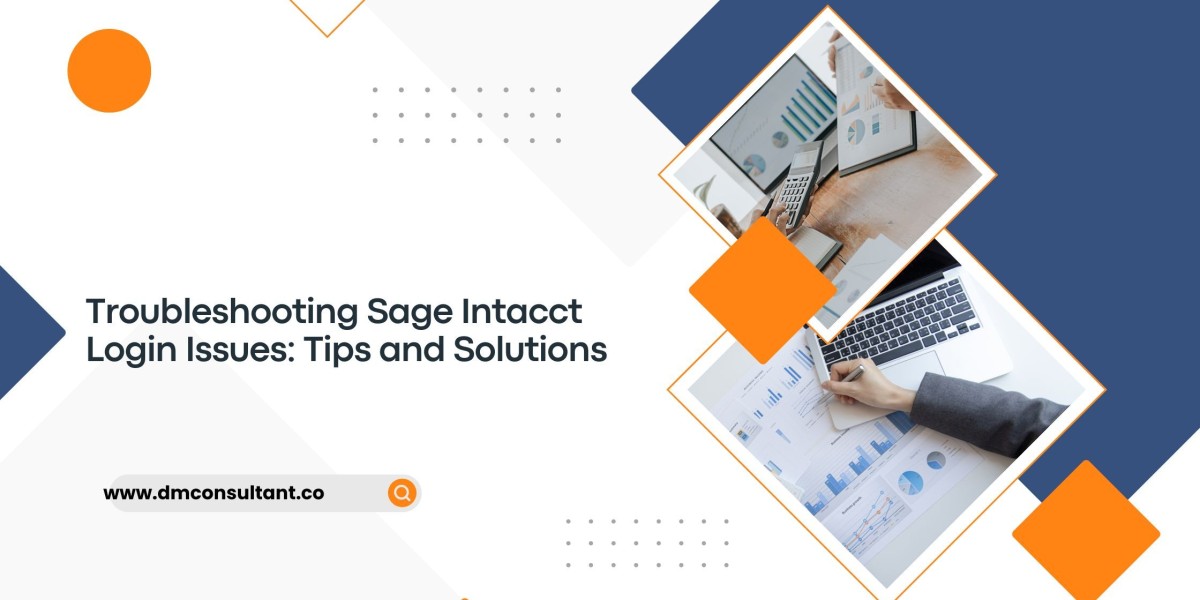In the realm of enterprise resource planning (ERP) solutions, Sage 300 ERP and Sage Intacct stand out as two prominent choices for businesses seeking robust financial management and operational efficiency. Both systems offer a suite of features designed to streamline business processes, yet they cater to different needs and preferences. Understanding the core differences between Sage 300 ERP and Sage Intacct is crucial for making an informed decision. This detailed comparison will delve into their features, capabilities, and the unique advantages each system offers.
Overview of Sage 300 ERP
Sage 300 ERP, formerly known as Sage Accpac, is a comprehensive ERP solution aimed at small to mid-sized businesses. It has a long history of providing robust financial and operational management capabilities, making it a trusted choice for companies looking to manage their finances, inventory, and other core business functions.
Key Features of Sage 300 ERP
- Financial Management: Sage 300 ERP offers extensive financial management capabilities, including general ledger, accounts payable, accounts receivable, and cash management. It provides multi-currency support, which is essential for businesses operating in multiple countries.
- Inventory and Order Management: The system excels in inventory control and order management, offering features such as lot tracking, serial number tracking, and automated replenishment. This makes it suitable for businesses with complex inventory requirements.
- Project and Job Costing: Sage 300 ERP includes robust project management features, allowing businesses to track project costs, budgets, and profitability. This is particularly beneficial for industries like construction and professional services.
- Customization and Flexibility: The platform is highly customizable, with a range of add-on modules and third-party integrations available. This allows businesses to tailor the system to their specific needs.
- Deployment Options: Sage 300 ERP offers both on-premise and cloud-hosted deployment options, providing flexibility for businesses in terms of how they want to manage and access their ERP system.
Overview of Sage Intacct
Sage Intacct is a cloud-based financial management solution designed for growing businesses. Known for its strong focus on financials, it is often the preferred choice for organizations looking for advanced accounting capabilities and seamless integration with other business systems.
Key Features of Sage Intacct
- Core Financials: Sage Intacct's core strength lies in its financial management capabilities, including accounts payable, accounts receivable, cash management, and general ledger. It offers advanced features like dynamic allocations, multi-entity and global consolidations, and revenue recognition.
- Real-Time Reporting and Dashboards: One of Sage Intacct's standout features is its real-time reporting and customizable dashboards. This allows businesses to gain immediate insights into their financial performance and make data-driven decisions.
- Scalability: Sage Intacct is built to scale with growing businesses. Its cloud-based architecture allows for easy scaling without the need for significant hardware investments or IT resources.
- Integration Capabilities: The platform integrates seamlessly with a wide range of third-party applications, including CRM, payroll, and ecommerce systems. This ensures that businesses can maintain a connected ecosystem of business applications.
- Ease of Use: Sage Intacct is known for its user-friendly interface and ease of use. It is designed to minimize the learning curve for new users, which can result in quicker adoption and better overall user experience.
Also, Checkout -> Sage 100 vs Sage Intacct
Core Differences Between Sage 300 ERP and Sage Intacct
While both Sage 300 ERP and Sage Intacct offer powerful features, there are several key differences that set them apart.
1. Deployment and Accessibility
- Sage 300 ERP: Offers both on-premise and cloud-hosted deployment options. This flexibility allows businesses to choose the deployment method that best suits their IT infrastructure and security preferences.
- Sage Intacct: Is a purely cloud-based solution. This ensures that users can access the system from anywhere with an internet connection, facilitating remote work and real-time collaboration.
2. Focus and Strengths
- Sage 300 ERP: Provides a broad range of ERP functionalities beyond just financials. It excels in areas like inventory management, project and job costing, and comprehensive operational management.
- Sage Intacct: Specializes in financial management and accounting. Its advanced financial features, such as multi-entity management and real-time reporting, make it ideal for businesses with complex financial requirements.
3. Customization and Integration
- Sage 300 ERP: Highly customizable with numerous add-on modules and third-party integrations. This makes it suitable for businesses with specific needs that require tailored solutions.
- Sage Intacct: Offers robust integration capabilities with a wide range of third-party applications. Its open API framework allows for seamless connectivity with other business systems, promoting a cohesive business environment.
4. Scalability and Flexibility
- Sage 300 ERP: Suitable for small to mid-sized businesses, but its scalability may be limited compared to purely cloud-based solutions. Businesses with rapid growth plans might need to consider future scalability requirements.
- Sage Intacct: Designed to scale with growing businesses. Its cloud-based architecture allows for easy expansion and accommodates the evolving needs of dynamic organizations.
5. User Experience and Learning Curve
- Sage 300 ERP: While powerful, it may have a steeper learning curve due to its extensive range of features and customization options.
- Sage Intacct: Known for its intuitive and user-friendly interface, making it easier for new users to adapt and utilize the system effectively.
Choosing the Right Solution for Your Business
Deciding between Sage 300 ERP and Sage Intacct ultimately depends on your business's specific needs, size, and growth plans. Here are some considerations to help guide your decision:
- Business Size and Complexity: If your business requires comprehensive operational management beyond financials, such as inventory control and project management, Sage 300 ERP might be the better choice. For businesses with a strong focus on advanced financial management and scalability, Sage Intacct is likely the more suitable option.
- Deployment Preferences: Consider whether your business prefers an on-premise solution, a cloud-based system, or a hybrid approach. Sage 300 ERP offers the flexibility of both, while Sage Intacct is exclusively cloud-based.
- Customization Needs: Evaluate the level of customization your business requires. Sage 300 ERP provides extensive customization options, while Sage Intacct focuses on seamless integration with other applications.
- Scalability Requirements: If your business is poised for rapid growth, Sage Intacct's cloud-based architecture offers superior scalability. Sage 300 ERP, while scalable, may require more significant adjustments to accommodate large-scale growth.
- User Experience: Consider the ease of use and learning curve for your team. Sage Intacct's user-friendly interface may facilitate quicker adoption, while Sage 300 ERP's extensive features might require more training and familiarization.
Conclusion
Sage 300 ERP vs Sage Intacct are both powerful ERP solutions, each with its unique strengths and capabilities. Understanding the core differences between these systems is essential for selecting the right solution for your business. Whether you prioritize comprehensive operational management, advanced financial features, customization, or scalability, both Sage 300 ERP and Sage Intacct offer robust tools to help you achieve your business goals. Carefully evaluate your business's specific needs, growth plans, and deployment preferences to make an informed decision that will support your long-term success.








